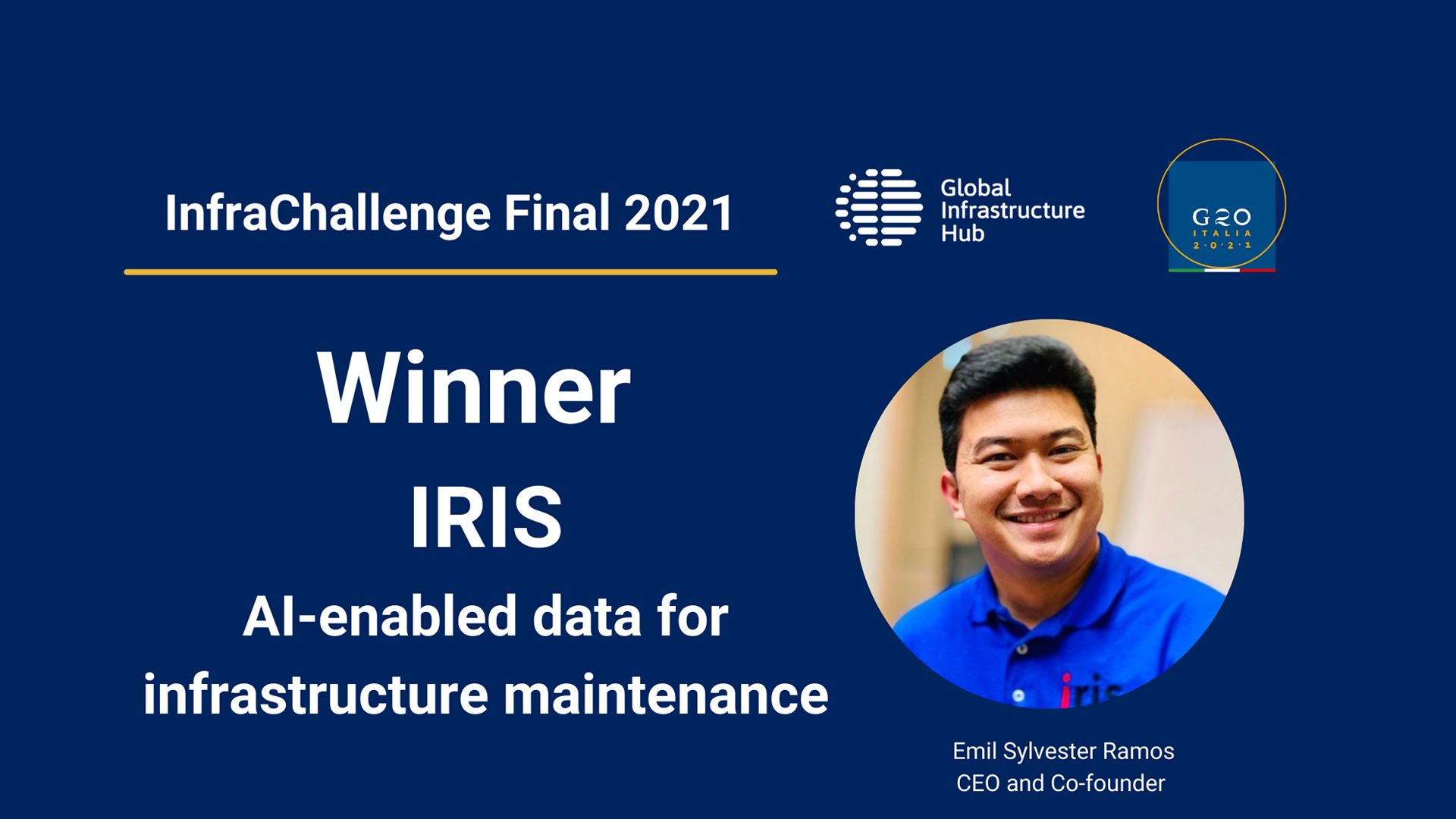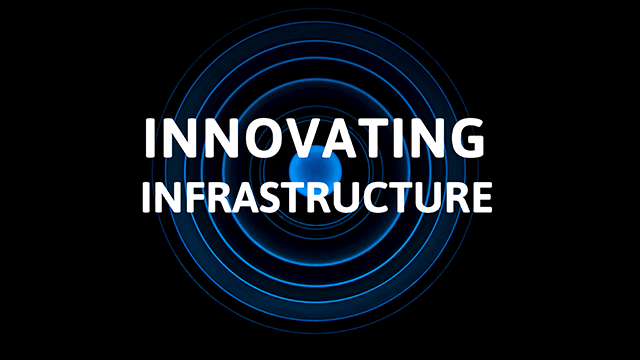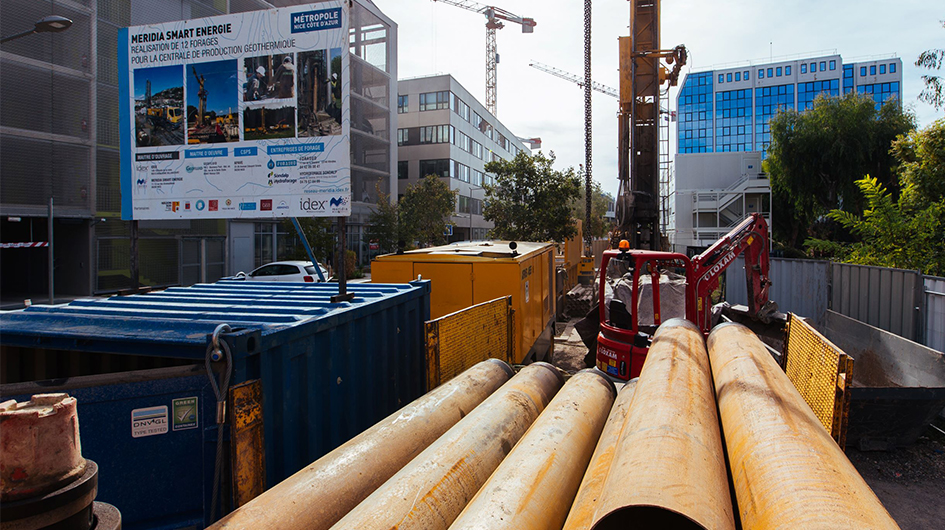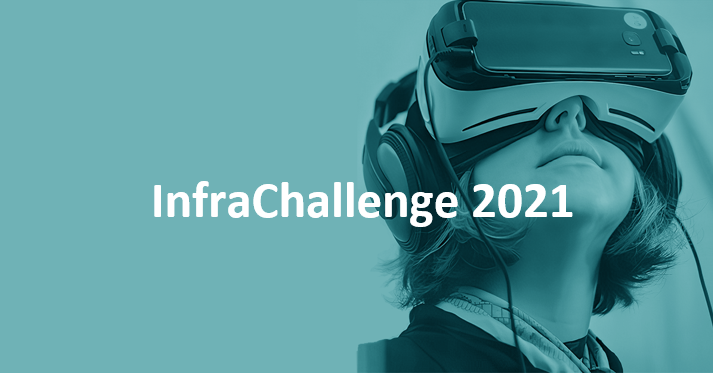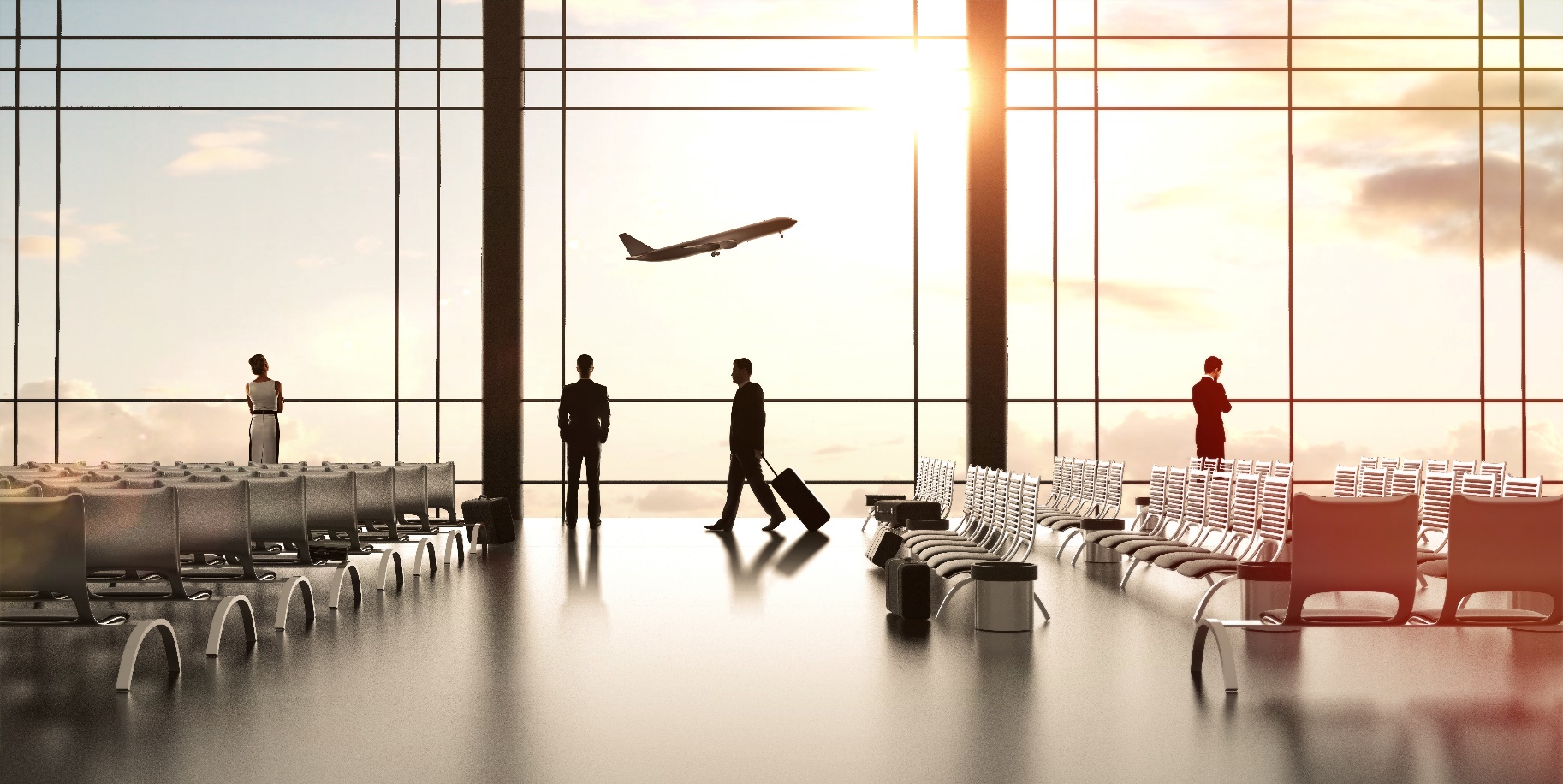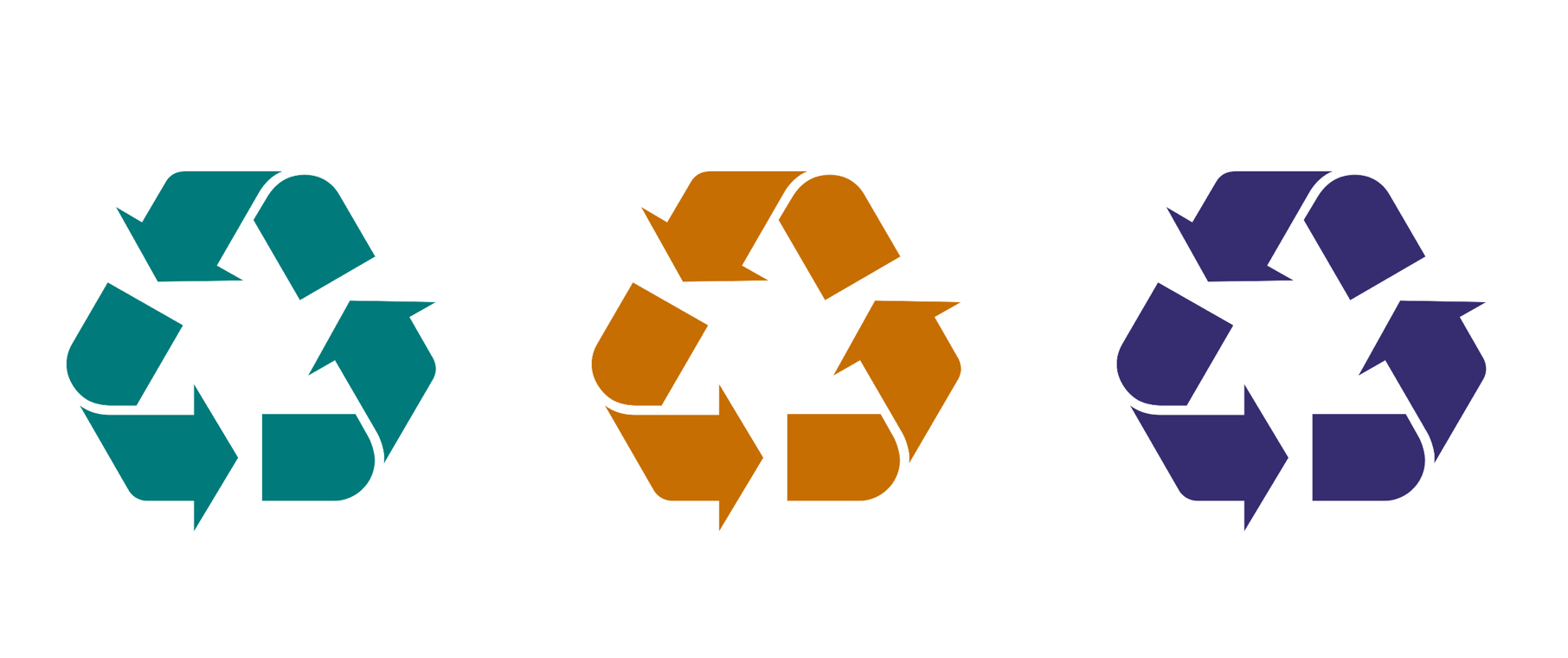99 results found
Featured results



More results
The recording is now available for the GI Hub and Italian G20 Presidency’s InfraChallenge 2021 Final which was held over two-days on 15 and 16 September 2021
AI-enabled cameras detect road hazards in real time, enabling faster and securer maintenance for safer roads. Winning InfraChallenge will assist Canadian start-up IRIS to scale globally and reach emerging countries.
Innovating Infrastructure is a new podcast from the GI Hub that showcases new and emerging technology-based solutions to infrastructure challenges. Hosted by GI Hub’s Director of Thought Leadership, Monica Bennett the ten-part series delves deep into these solutions to find out how they will create impact towards a more resilient future.
Join the GI Hub and G20 Italian Presidency for the two-day InfraChallenge 2021 final, featuring sessions with expert guest speakers exploring technological innovations and their role in creating resilient infrastructure, and the final of the InfraChallenge competition with live announcement of the 2021 winner.
In 2018, the City of Nice in southern France signed a 25 year contract with IDEX to design, finance, realise, operate, and maintain a heating and cooling network as well as to implement a smart grid for energy efficiency. IDEX is implementing this project in the 500,000m2 Nice Meridia district, which is home to office space, retail, leisure, housing, schools, and a hospital.
InfraChallenge 2021 invited ideas for building and maintaining better, more resilient infrastructure. Today we announce the Top 10 competitors.
InfraChallenge 2021 invited ideas for building and maintaining better, more resilient infrastructure. Discover who made the Top 20.
Discover how you can get involved with InfraChallenge 2021, applications close 12 March.
The city of Nice in the south of France is continuously expanding, requiring additional urban space.
InfraChallenge is looking for practical and scalable tech-based ideas for building and maintaining better, more resilient infrastructure.
Can the needs of rapid urbanisation open the door to innovative emerging technologies?
Renewable energy is being used in multiple forms these days. Construction companies, especially those involved in large projects, also have an impact on the environment.
One of India?s most prominent and longest river tributaries had reached critical levels of pollutants.
Creation of a structural model (digital twin) of a 47-year-old pumped storage station in Ireland helped extend the life of this critical asset, reduce the frequency of inspection and associated costs, and identify optimal cycles of operation to take advantage of the price-driven renewable energy market.
Smart Airports are airports that rely on the use of connected technologies such as Internet of Things (IoT) devices, GPS and sensors to perform planning and operations tasks digitally and support operational staff, optimising passenger flows and the activities of the airport staff across the airport
3D Infrastructure Models are built to digitally visualise design information (technical drawings, plans, elevations, etc
Autonomous Vehicles (AVs) or Driverless Vehicles are a new vehicle mode which can sense their environment and operate safely without human input or control
Waste is treated very differently around the world
Autonomous Shipping Ports can utilize some, or all, of the following five main components to deliver more efficient, productive and safe port operations: Automated equipment - Automated equipment can include automated robots, vehicles and cranes (see also the Automated Robot Cranes Use Case) that automate processes including ship to shore, yard operations, ground transportation, maintenance and gate automation without direct human involvement
Leveraging asset level data sets with climate models can quantify the climate change risks to water infrastructure, assess adaptation options, and provide economic modelling for smarter investment decisions



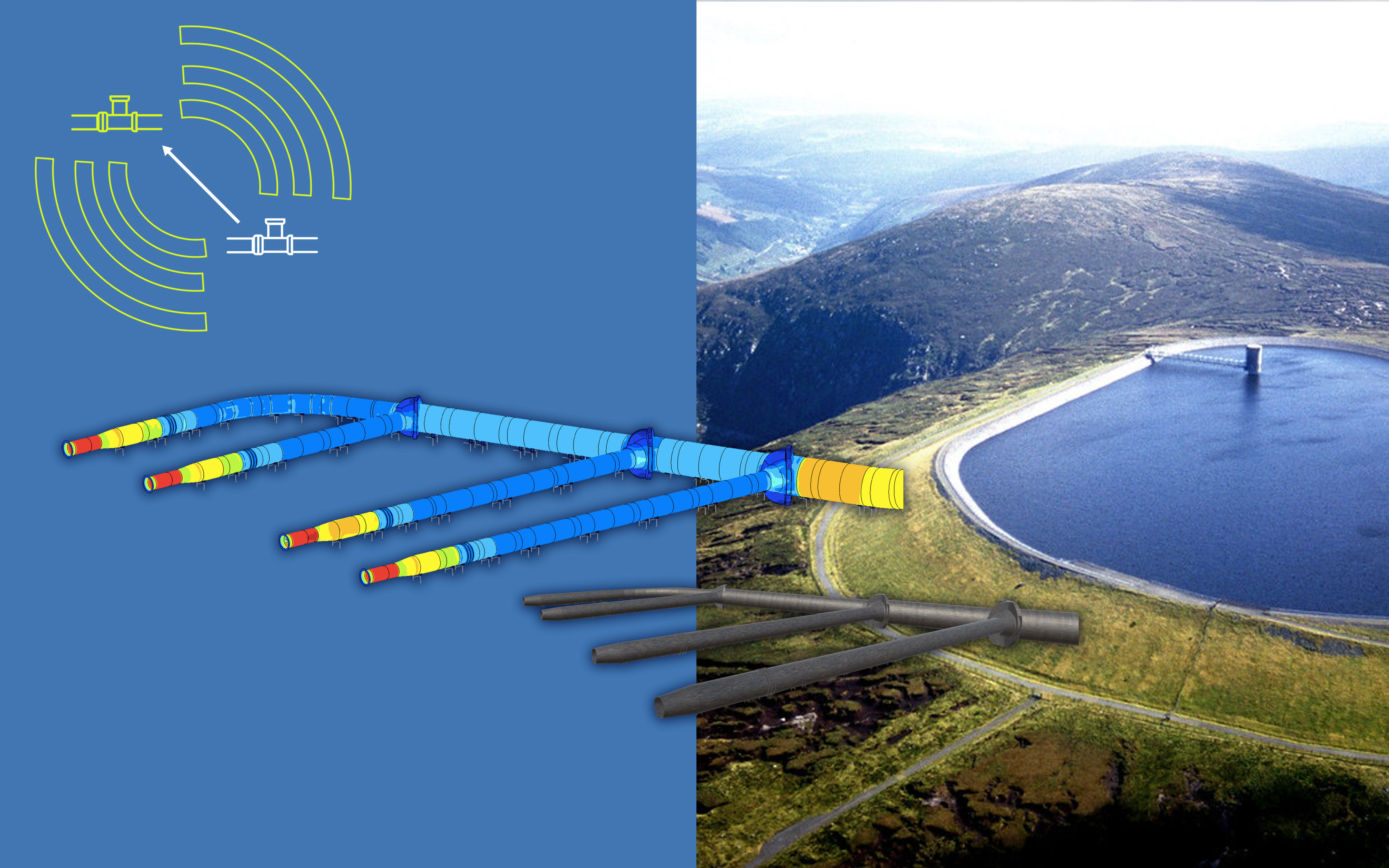


 AI solution for infrastructure maintenance wins GI Hub’s innovation competition
AI solution for infrastructure maintenance wins GI Hub’s innovation competition
